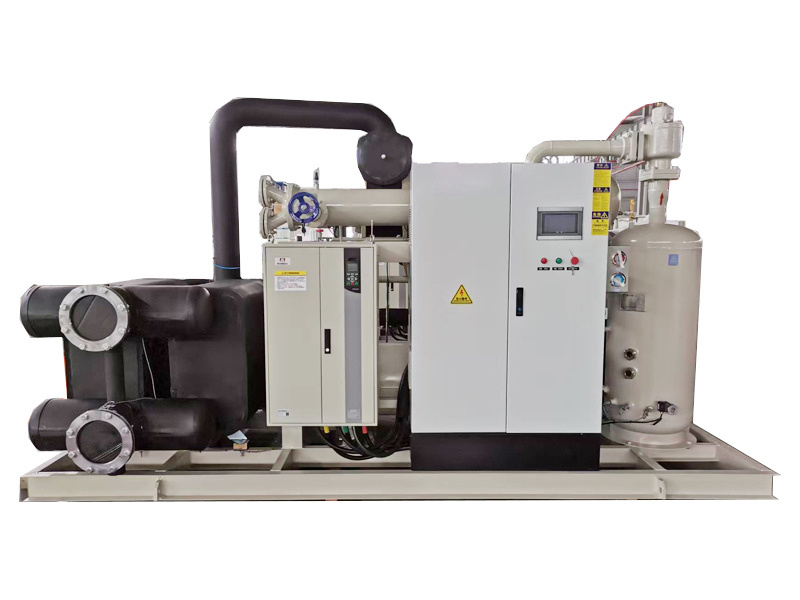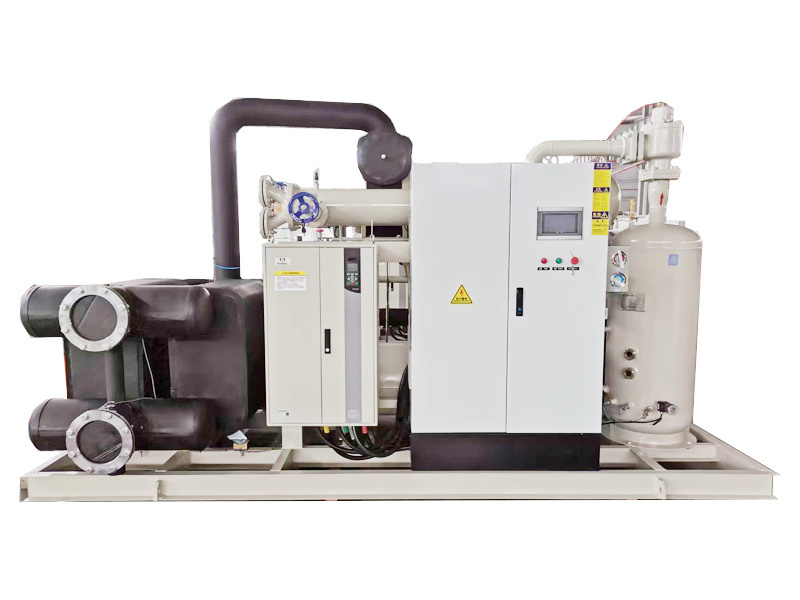Regularly checking these 9 parts of the chiller can save you money, something your peers won't tell you!
2025-01-23 09:25
Simpson Group's large-scale refrigeration equipment manufacturing plant, originating from advanced German refrigeration technology, provides suitable solutions and addresses subsequent application issues, striving for your satisfaction. Our experienced sales and technical staff provide professional advice to help you quickly obtain the products you need. Our main products include chillers, industrial chillers, screw chillers, flooded chillers, low-temperature ice water machines, air-cooled and water-cooled chiller units, explosion-proof chillers, customized chillers, semi-hermetic condensing units, and screw-type condensing units. Favorable prices; inquiries welcome.
In your factory or laboratory, chillers are responsible for cooling and temperature control of production equipment. Like a dedicated caretaker, they cool and control the temperature of production equipment. Treat them like family to prolong their lifespan, ensuring quality and production efficiency.
Regularly checking the following 9 parts will make your chiller more efficient, healthier, and save you money!
1. Compressor Maintenance
Taking screw compressors as an example, the screw is a precision component that determines the performance of the chiller. Frequent operation under harsh conditions can lead to malfunctions, and repair costs are very high. A small part can cost at least thousands of dollars, plus labor costs. Regular maintenance can prevent malfunctions and save money. This is generally performed by professionally qualified engineers, every two years.
2. Regular Safety Valve Inspection
The condenser is a major component of the chiller. In screw chillers, the safety valve is installed on the condenser. To avoid high-pressure impact on the unit from the condenser, the safety valve automatically releases pressure. Regular checks are needed to ensure it is functioning properly and not aging or deteriorated. Replace if necessary.
3. Regularly Clean Areas Prone to Scaling
For example, cooling towers: Larger chillers often use cooling towers to cool the condenser temperature. With prolonged water tower circulation, impurities can accumulate, causing scaling inside the condenser tubes and damaging the unit. Regular cleaning of the condenser helps maintain internal cleanliness.
For example, condensers, evaporators, and heat dissipation pipes, especially connection points, are prone to scale buildup over time, affecting the unit's cooling efficiency and heat dissipation. Therefore, pipes should be cleaned according to the specific operating environment. Generally, cleaning is required every six months.
4. Regularly Change Lubricating Oil
Chillers are mechanical equipment that use lubricating oil. Over time, the oil quality deteriorates, and impurities like air and water can get in. Regular oil changes are beneficial. At least once a year.
5. Regularly Replace the Dryer Filter
The dryer filter is a component in the refrigeration system that filters out moisture, ensuring the unit is filled with dry refrigerant, preventing moisture damage to the refrigeration system. The dryer filter is constantly working, so it should be inspected at least annually, and semi-annually in harsh operating environments.
6. Check the Chiller Refrigerant Level
If insufficient, promptly replenish refrigerant to avoid insufficient cooling and damage to the unit.
Below are some checks and maintenance for electrical components and adjusting components.
7. Check the External Insulation of the Electrical Control System Main Lines
In humid environments, more frequent checks are necessary to ensure normal operation and prevent electrical leakage.
8. Check the Unit's High and Low-Pressure Pressure Switches
The unit's high and low-pressure switches protect the compressor. If the pressure exceeds or falls below the rated pressure, the circuit is automatically cut off, and the compressor stops. If these values are outside the normal range, it will affect compressor operation.
9. Check the Unit's Thermostat to Ensure Normal Display
The thermostat is the device used to directly control the temperature. Normal display ensures that the chiller operates normally. Regularly check if the display is normal and if there are any anomalies.
After completing the checks on these 9 parts, test-run the machine and perform a general calibration. Test for normal superheat and any abnormal sounds, odors, etc. Troubleshoot based on the specific location of any problems found. Regular inspection and maintenance of each chiller can extend its lifespan by 3-6 years.
Previous: What causes the chiller to make noise? Ignoring the fifth reason will bring bad luck.
More Information
2025-10-27
Unlocking the Benefits of Ultra-Low Temperature Cascade Chillers in Industry
2025-10-20
china double-stage low temperature chiller
2025-10-20
Understanding Double-Stage Low Temperature Chillers: Efficiency and Applications
2025-10-13
Understanding the Benefits of a Double-Stage Low Temperature Chiller: A Comprehensive Guide
2025-10-27
Unlocking the Benefits of Ultra-Low Temperature Cascade Chillers in Industry




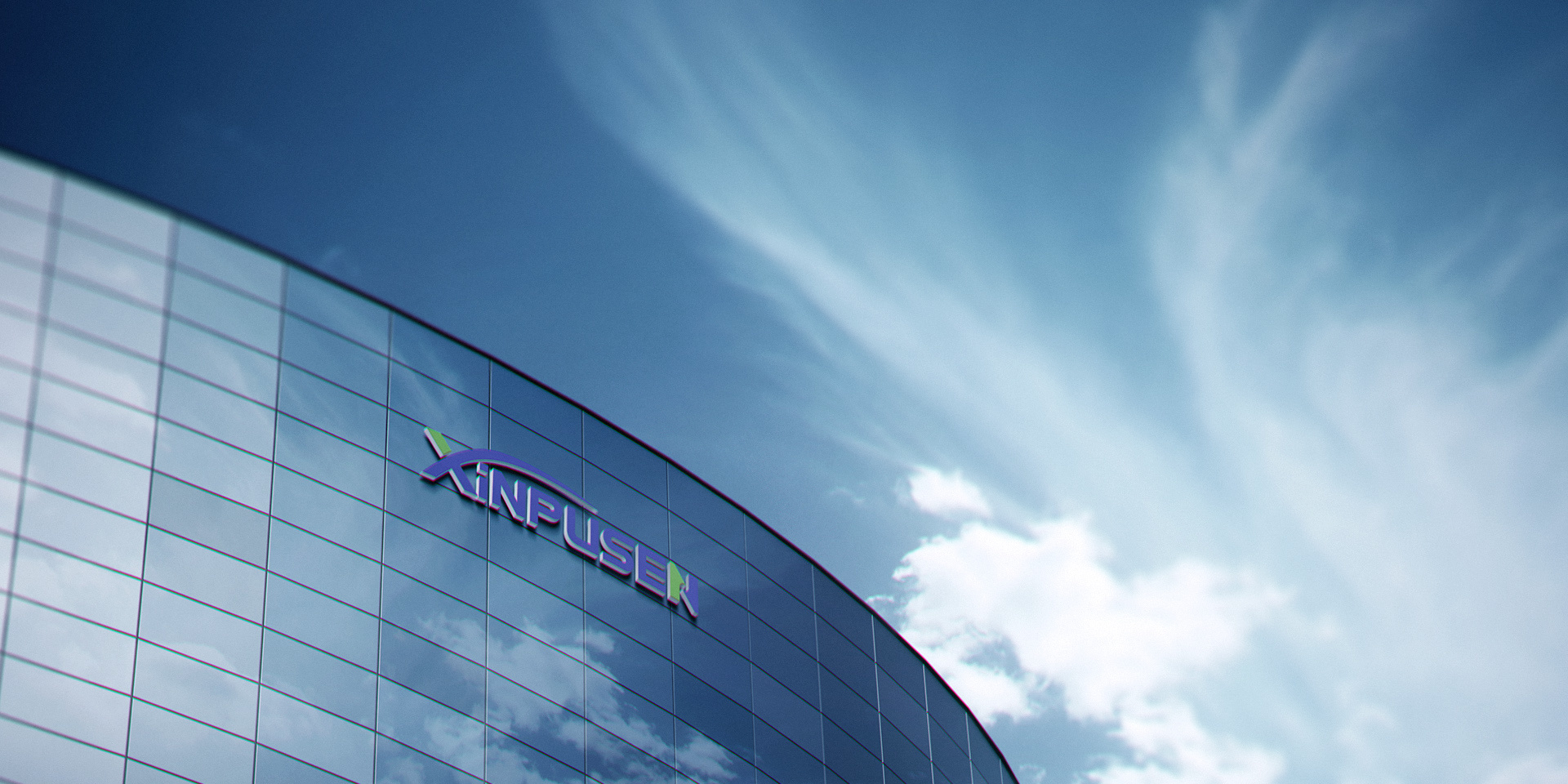

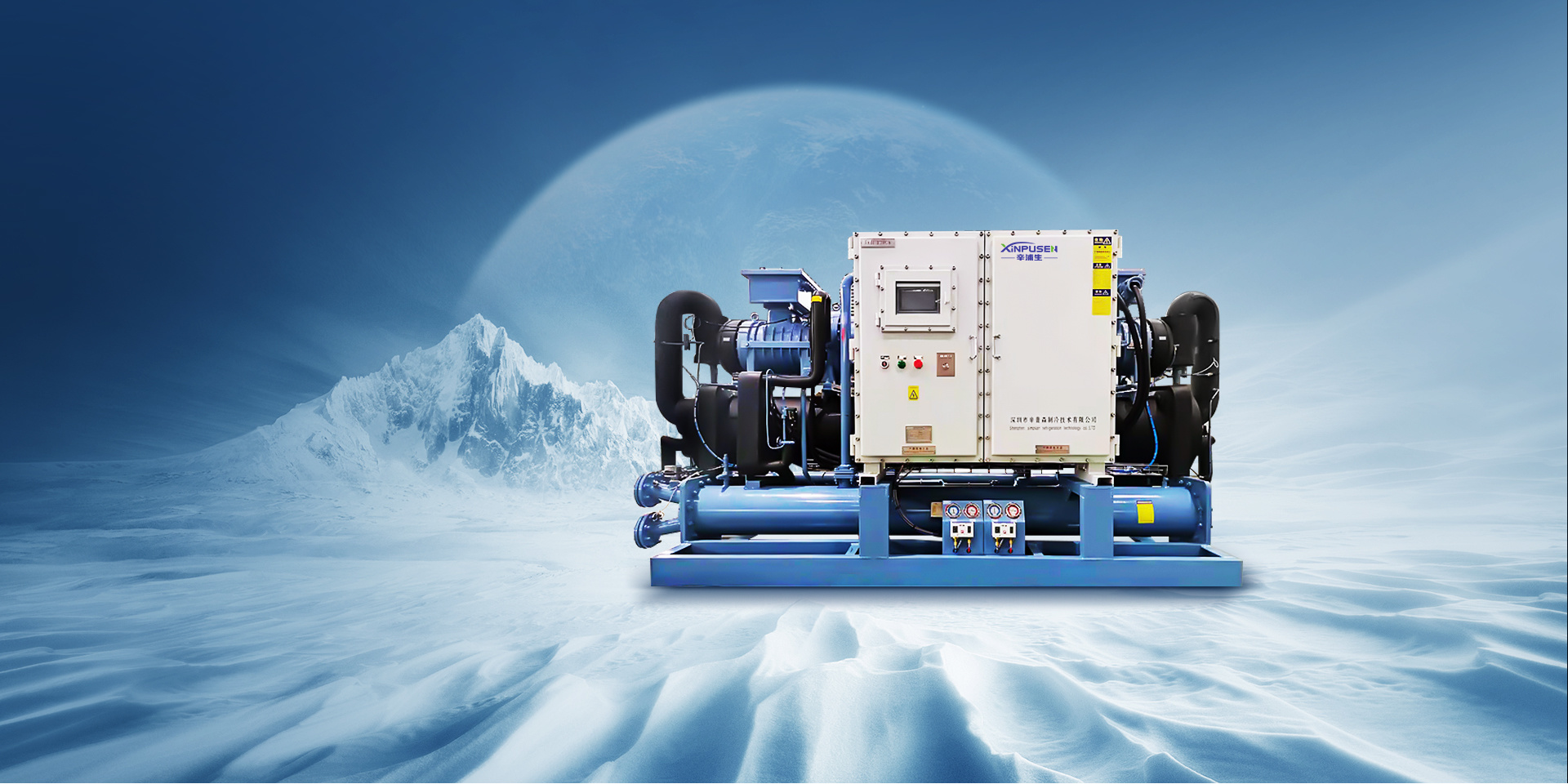
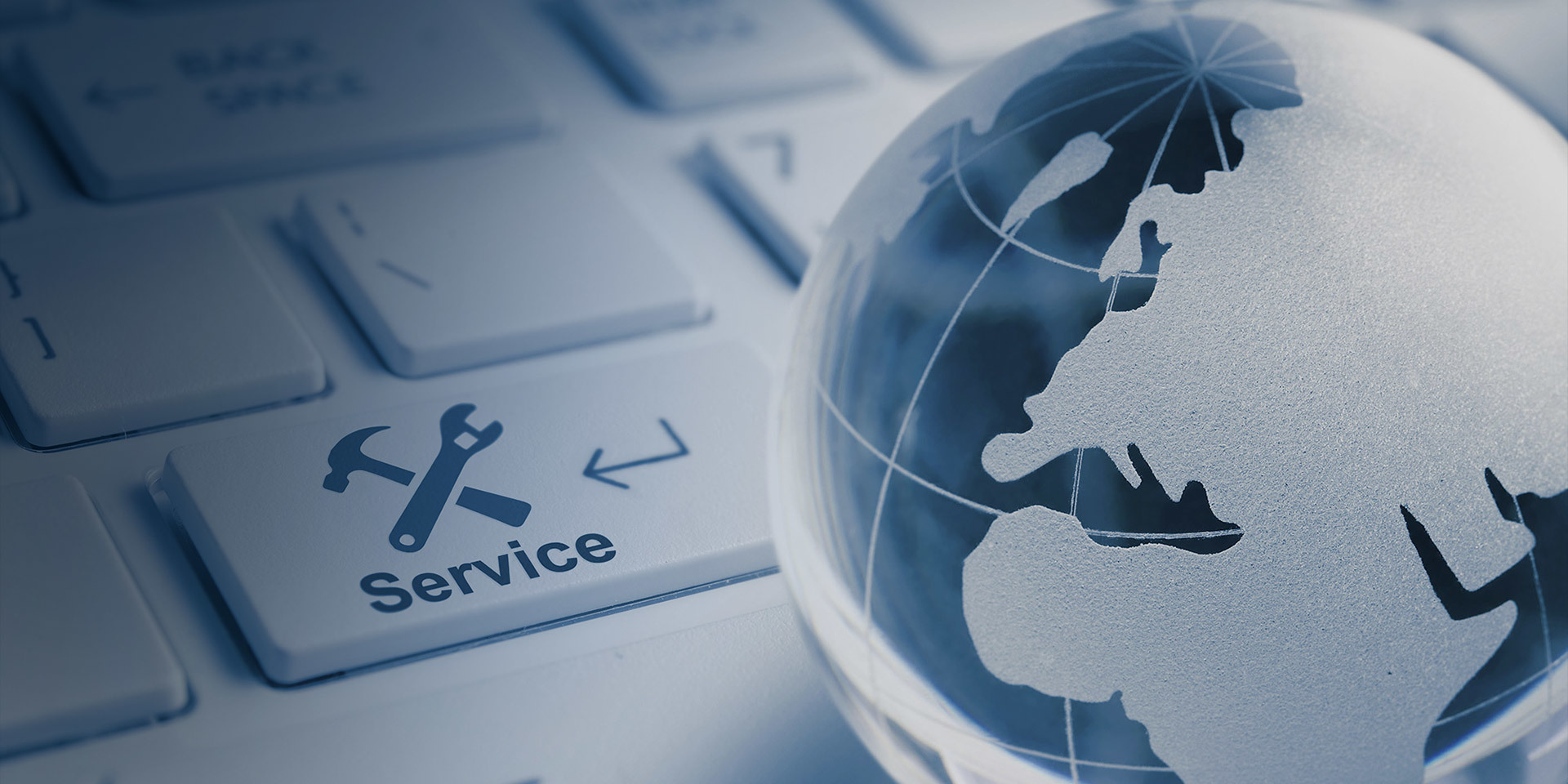

 CN
CN EN
EN
